Traveling is all about experiencing and learning new things, be it a different culture, cuisine or simply new sights.
One of the most beautiful countries that one must travel to is Malawi. It is a landlocked country found in south-eastern Africa.
The country boasts of a plethora of sites that any tourist would love to visit. So if you are planning on this vacation soon, then here are some exciting Malawi Historical Landmarks to check out when visiting.
Malawi was originally established as a British protectorate in 1891, and was known as Nyasaland. In 1964, the country gained its independence.
Many of the historical landmarks in Malawi were constructed during the colonial period and have continued to be developed even after independence.
The economy in Malawi mainly relies on agriculture, with tobacco being the main crop grown. Like many other developing countries, the majority of its economy is based on agriculture
Wildlife enthusiasts, kayakers, snorkelers, and others now visit locations like the Lake Malawi National Park and its outlying islands.
There are also fantastic views of mountains sculpted by caves, broad savannahs, and lush tropical forests to explore, all dotted with elephants, waterbuck, and every other typical African animal you can think of!
Enough talking; now let’s look at the top Malawi Historical Landmarks
- Liwonde National Park
- Blantyre
- Kasungu National Park
- Lilongwe
- Lake Malawi National Park
- World War I Memorial
- Nyika National Park
- Karonga
- Nkhotakota
- Mulanje Mountain Forest Reserve
- St Michael And All Angels Church
- Likoma Island
- Chitimba
- Chongoni
- King African Rifles Monument
1. Liwonde National Park
Along the Shire River’s courses is where you may find Malawi’s best wildlife seeing and safari region.
A large reserve made up of baobab groves, marsh wetlands, swaying grasslands, and flood plains paints a picture of East Africa’s breathtaking backcountry.
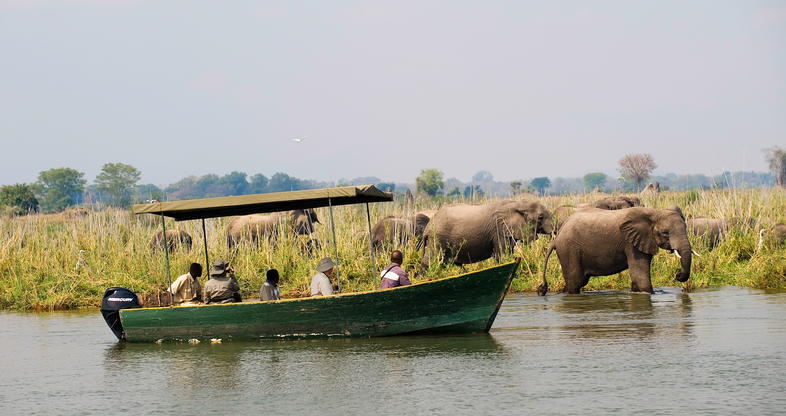
A few decent vacation lodges provide easy access to the park, where walking and motorised safaris allow visitors to see a variety of animals, including bush elephants, side-striped jackals, hyena packs, impalas, waterbucks, baboons, and more.
There is also a wide variety of flora to observe.
2. Blantyre
Blantyre, a business-oriented metropolis of almost a million inhabitants, is Lilongwe’s sole true challenger for the title of the country’s economic powerhouse.
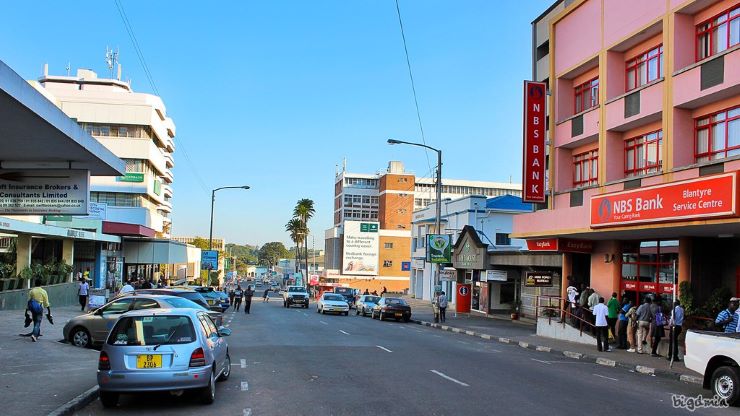
The town was founded more than 150 years ago by missionaries working for the Church of Scotland, which is how it got its name—Blantyre, a town on the fringe of the Scottish highlands in the UK. But history is also deeply ingrained here.
Visitors can stop by to delight in historic buildings like the Mandala House or to get a sense of the resurgent Malawian economy by visiting the Malawi Stock Exchange and the numerous tobacco packing facilities that have sprung up in recent years.
3. Kasungu National Park
One of East Africa’s more remote natural areas is the Kasungu National Park.
The area, which spans an enormous 2,100 square kilometres of land, is a mix of swaying savannah and bush, occasional miombo woodland, and dusty plains where the rolling plateaus of western Malawi give way to the borderlands with Zambia.
Kasungu, which was once well-known for having a large population of African elephants, has recently struggled with serious poaching issues.
However, a number of lodges around the Lifupa lake’s waters have aided in raising the ecotourism industry’s image, and safari travel in this area is now all back on track.
4. Lilongwe
This city of nearly a million people serves as the pounding political and economic centre of Malawi. Its streets are punctuated by the distinct scents of freshly harvested tobacco and the wafts of gasoline from the endless streams of traffic.
Spend a few days there and you’re sure to discover its wonders, which include a particularly well-kept nature reserve on the outskirts of the city (the Lilongwe Wildlife Centre) and a vibrant market.
Additionally, there are a ton of lively local beer bars where you may unwind with a locally brewed Carlsberg when you’re thirsty.
5. Lake Malawi National Park
The grounds of the Lake Malawi National Park are a must-see for both nature enthusiasts and history buffs. They were once walked by the renowned Scottish explorer and missionary, David Livingstone.

They include both freshwater habitats and expanses of land, and are nestled amid the lush, sylvan foothills that ring the shoreline of the nation’s largest lake.
Baboons and antelopes can be seen ambling down the shore and the reserve’s several islands.
The remnants of former missionary colonies are another attraction.
6. World War I Memorial
In the same complex as a statue of Hastings Kamuzu Banda is the World War Memorial. There are several employees that can offer one a tour, which consists mainly of climbing up the tower’s interior.
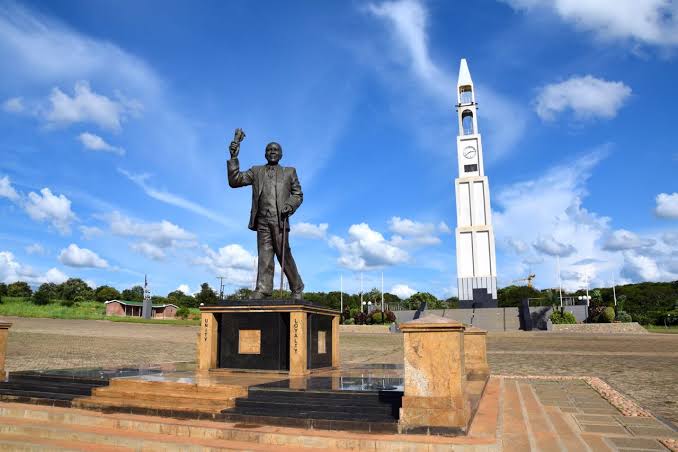
One can get a good view of Lilongwe from the top, including Capital Hill, Parliament, Bingu Stadium, and the city’s characteristic wilderness and greenery.
7. Nyika National Park
The Nyika National Park is the largest of its kind in the entire country of Malawi and one of the most distinctive natural environments in East Africa.
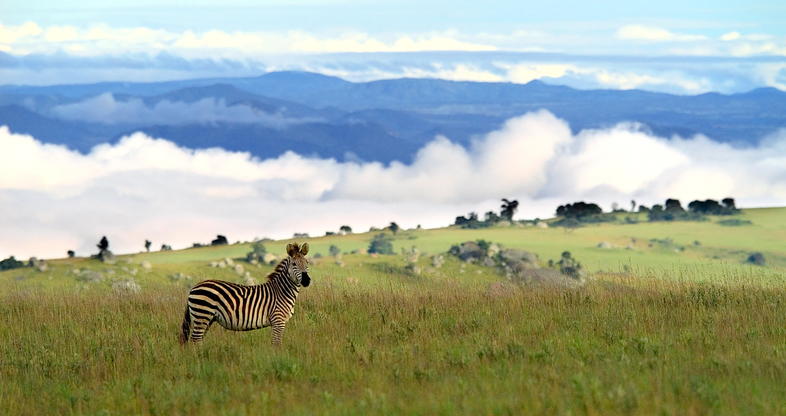
It is a world of montane landscapes that stretches across significant swaths of the central Malawian plateaux.
It is a location of verdant grass plains and vibrant orchid beds, where elephants wander free and water buffalo congregate in the midst of the brush. It is known as the source of the headwaters for many of the region’s riverways.
Visitors love horseback riding safaris, and other top attractions still include bird watching and hiking.
8. Karonga
The warm small town of Karonga is a nice place to stay a night or two in this less-travelled region of the country.
It is surrounded by the dusty mountains in the northern part of Malawi and clings to the remote edge of huge Lake Malawi just a short distance from the Tanzanian border.
You’ll need banks, decent bus connections, and a number of rustic tiny inns to stock up before moving on.
Then there are the fossils, which may be Karonga’s most notable and unique claim to fame.
These take the form of enormous Malawisaurus skeletons that are currently hiding in the exhibit halls of the neighbourhood Culture and Museum Center.
9. Nkhotakota
Right in the middle of Malawi’s central wilderness, lies Nkhotakota.
It is lush and beautiful, covered in green miombo woodlands, cut through by multiple flowing rivers and backed by the reserve that bears its name.
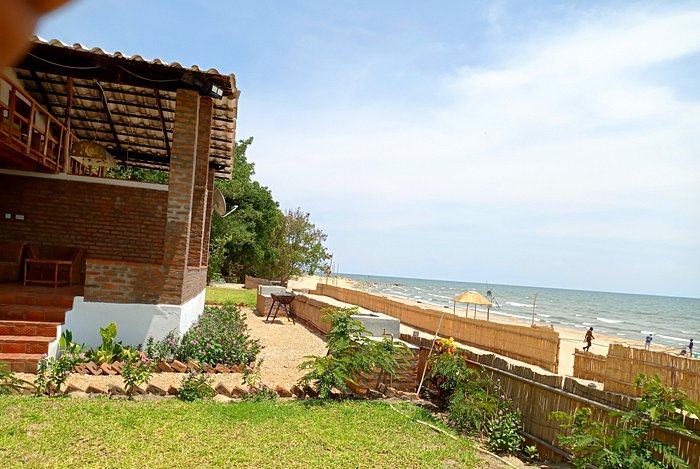
Most tourists will come here to look for the renowned safari lodges that cling to the water’s edge, marvel at tropical birds, and perhaps even spot leopards in the wild.
10. Mulanje Mountain Forest Reserve
The massive mass of stone and granite that is the Mulanje Mountain Forest Reserve must be one of Malawi’s most stunning landscapes, rising like a big backbone of stone from the barren plains of southern Malawi, not far from the country’s border with Mozambique.
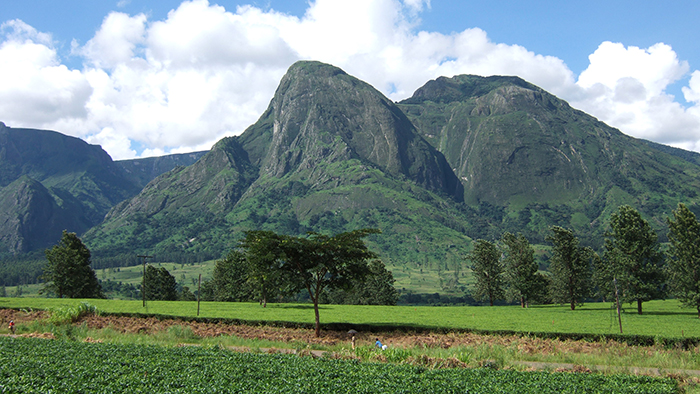
Its enormous height of 3,000 metres above sea level, which makes it the highest peak in the country and the entire region, is sufficient to support a wide variety of various habitats.
The endangered widdringtonia African cypress tree forests, which intermittently dot the ridges as they soar to the sky, are probably the most well-known.
11. St Michael And All Angels Church
St. Michael and All Angels Church was built of bricks at the Blantyre Mission in Blantyre, Malawi, between 1888 and 1891.
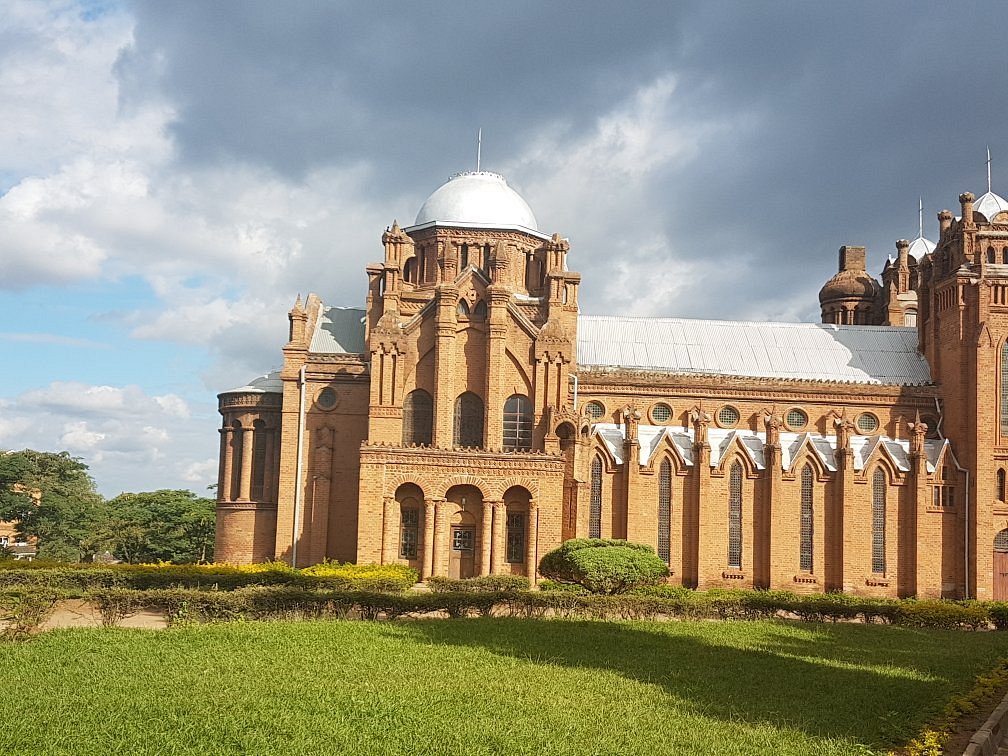
The church, which is frequently packed for Sunday worship, never fails to wow the congregation with its exquisite architecture and fascinating history.
When visiting Blantyre, there is unquestionably a wonderful house of worship where you may combine your religious and tourist experiences.
12. Likoma Island
The charming Likoma Island is an exclave of Malawi, encircled by Lake Malawi’s waters but tucked away on Mozambique’s side of the border.
The area is famous for having served as Livingstone’s former administrative centre.
This is clear from features like the cathedral in Likoma town’s Gothic style and the regular flow of visitors that come this way.
Also read: The Historical city of Great Zimbabwe
13. Chitimba
Chitimba is a mixture of a new safari lodge and a rural Malawian lake town.
It has practically unrivalled access to the magnificent Rift Valley landscapes that dominate this area, nestled among the sandy stretches of shoreline that surround Lake Malawi south of Mzuzu city.
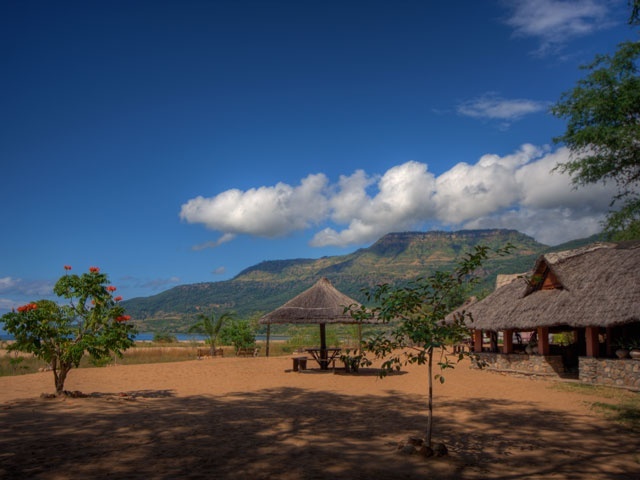
Trails go through the dusty bushlands and over the rolling hills, making for excellent trekking.
Along the trails leading to Manchewe Falls and Mount Chombe, there is fantastic animal viewing in addition to the opportunity to interact culturally with an authentic East African shaman.
14. Chongoni
The UNESCO-recognized location of Chongoni is ideal for any culture enthusiasts travelling through Malawi because of its extensive prehistoric rock art displays and rich histories.
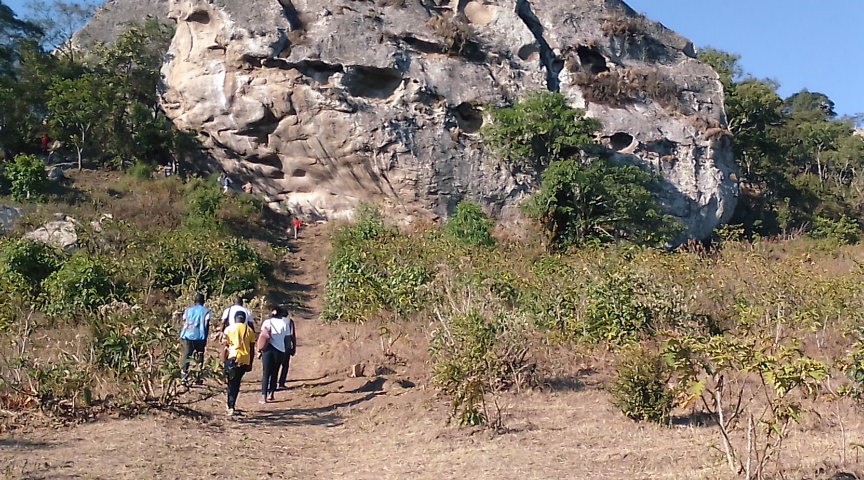
The Dedza mountains, which rise to about 2,000 metres above sea level, lie in this region, and there is evidence of human settlement dating back to the early Stone Age.
This may be seen in the caverns at places like Chentcherere and Namzeze, and it features ancient artwork created by hunter-gatherer nomads who once lived in East Africa and animist religious themes.
The UNESCO area’s westernmost boundary is formed by the remote portions of Mphunzi Mountain, which also happen to have some of the most stunning frescoes.
15. King African Rifles Monument
This striking memorial honors the Kings African Rifles troops from Malawi and Britain who lost their lives during wars in Africa as well as those who died of diseases. It is located on the outskirts of Zomba, heading toward Blantyre.
This Monument provides a sobering insight on the contributions made by British colonies to the empire’s international endeavors.
The plaques that are positioned all around the memorial bear the names of several Malawian troops who died in World War One.

